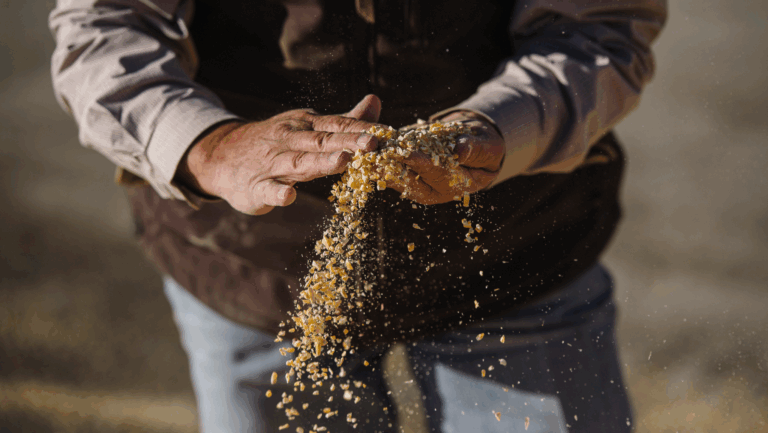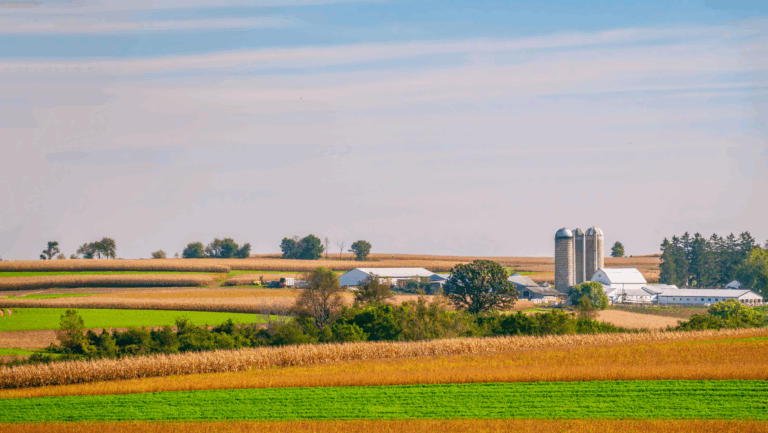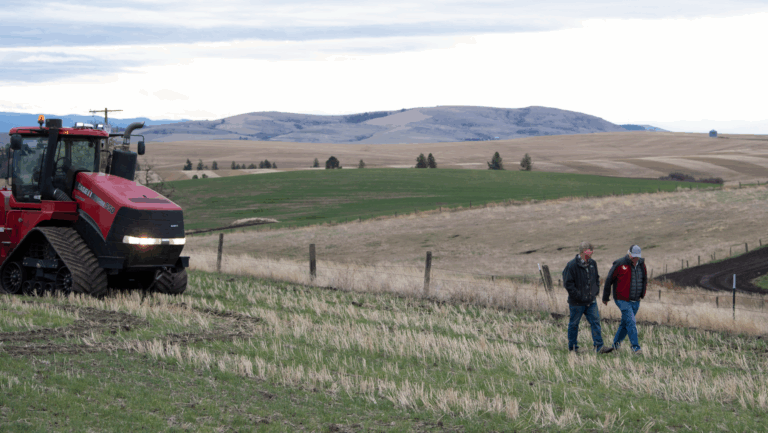Strengthening Pollinator Habitats on Your Land
Pollinator habitats are becoming an increasingly valuable part of U.S. agricultural operations. Here’s why.
Pollinator habitats matter to U.S. agricultural operations for a reason. Across the country, populations of bees, butterflies, and other essential pollinators are in decline, putting both ecosystems and crop production at risk. Setting aside portions of your farm for pollinator habitats can help protect these vital species while also improving long-term land value.
Let’s take a closer look at how pollinator habitats fit into effective land stewardship and the resources available to implement them on your farm.
What is a Pollinator Habitat?
A pollinator habitat is a dedicated area planted with native flowers, shrubs, and grasses that provide food and shelter for bees, butterflies, birds, and other pollinators. Beyond supporting wildlife, these habitats fit within broader conservation and land stewardship practices, helping farmers protect their land, enhance soil health, and build resilient ecosystems.
Why Pollinator Habitats Matter in Agriculture
Pollinators are essential to agricultural productivity. Bees alone contribute to producing more than one-third of the world’s food supply, with U.S. bee-pollinated crops generating $20 billion annually. In addition to crop production, bees also produce roughly $3.2 million worth of honey each year.
But it’s not just bees—other pollinators like butterflies, moths, beetles, flies, wasps, birds, and bats help pollinate more than 80 percent of plant species. Without them, many plants couldn’t set seed, threatening both ecosystems and agricultural productivity.
Research shows that investing in pollinator habitats can lead to:
- Improved crop yields and stronger plant health;
- Greater biodiversity and healthier soils;
- Increased resilience against environmental stressors;
- Long-term improvement in land value; and
- A stronger ecological footprint that customers support.
Talk about wins! So, how to get started?
Steps to Establish a Pollinator Habitat on Your Farm
Several USDA Natural Resources Conservation Service (NRCS) programs offer cost-share programs and financial incentives to support the upfront cost of installing pollinator habitats. Once established, many native plant species require little to no effort to maintain.
“We have a lot of farmers that have taken lower-yielding areas out of production because they’re not profitable in general and have put in habitat projects, and I can say a lot of them are very happy they did.” – Lisa Neuenfeldt, USDA NRCS
1. Choose a Location
Look for unused or marginal acreage, such as low-yielding field edges or areas next to woodlands. Pay attention to soil type, sunlight, and water availability.
2. Select Native Plants
Native species are hardier and require less maintenance to support pollinators year-round. Choose a mix of plants in your area that bloom in spring, summer, and fall to provide continuous nectar and pollen sources. Local extension offices often have master gardeners on staff who can guide your native plant selections.
3. Decide on Planting Method
Seeds are more economical for larger areas but take longer to establish. Starting with small plants accelerates results but may be costlier.
4. Access Technical Support and Incentives
Establishing a pollinator habitat can feel complex, but help is available through local and federal programs. NRCS county offices provide technical guidance on site selection, plant species, and maintenance strategies. They can help you design a habitat that maximizes benefits for pollinators while fitting within your farm’s existing operations. Online resources from the USDA and NRCS also offer detailed instructions, planning tools, and case studies from other landowners.
But of course, financial incentives make pollinator habitat projects more feasible. The Conservation Reserve Program (CRP) is one option worth looking into, which includes:
- Annual rental payments for land enrolled in eligible programs
- Cost-share payments covering up to 50 percent of the costs for establishing pollinator habitat and performing mid-contract management
- One-time $150 per acre Signing Incentive Payment (SIP) for CP-42 continuous enrollment
To qualify, your land must be registered with the Farm Service Agency (FSA) and meet specific cropland history and legal use requirements. This ensures that the habitat is implemented on land that can benefit most from conservation efforts while aligning with federal agricultural policies.
These programs not only help cover the costs of establishing pollinator habitats but also connect you with ongoing support to maintain a thriving, productive habitat over the long term.
Invest in Your Land with AgAmerica
Implementing pollinator habitats is both a conservation and financial decision. AgAmerica offers flexible financing solutions to cover land improvements and conservation projects. By investing in pollinator habitats, you strengthen your operation while leaving a lasting legacy on your land.
Pollinator habitats aren’t just good for the environment—they’re a smart investment in the future of your farm.
Connect with AgAmerica to explore financing options that can help you strengthen your operation and your farm’s legacy.






